挪威阿格德大学(University of Agder)的一组科学家建议在并网的光伏建筑一体化(BIPV)项目中使用三相电压源型逆变器。
他们宣称,此类设备的无功功率特点可帮助减少配电网络上的太阳能间歇性引起的问题。研究人员在发表在《Renewable Energy》和ScienceDirect网站上的文章《具有无功控制能力的三相并网光伏建筑一体化系统》里说:“在光伏发电量高的情况下,整个电力系统将会失控,并且存在重大的反向电力循环的潜在风险,从而导致电网出现不可接受的电压升高。”
他们认为,使用以直流输入作为电压源的逆变器——电压源型逆变器,可作为替代部署昂贵的电网基础设施的可行方案,比如欠载抽头接换变压器、步进电压调节器,以及固定和切换电容器等。
研究小组指出,电压源型逆变器可作为辅助服务功能,注入或吸收无功功率,从而实现电压补偿。他们解释说:“与部署昂贵的电网基础设施相比,利用光伏逆变器的优势在于能够提供连续可变的无功功率,从而能够更密切地管理电压,并且这类逆变器与开关电容器相比,具有快速响应的优势。”
在太阳能穿透率较高的地区,电压源型逆变器可以通过提供局部负载吸收的无功功率来作为伏安无功补偿器。
科学家们解释说:“这将有助于改善电压调节问题,并改善功率因数,同时增强电网的稳定性,并通过减少输电损耗来最大化输电能力。与此同时,对于消费者而言,规避控制功率因数所需的设备成本将带来显著的经济效益。”
功率因数是交流电系统中度量电压和电流之间相位差的量度。
这个研究小组开发了一个系统模型,其中包含一个7.63千瓦的光伏阵列组件、一个容量为9.5千伏安的三相电压源型逆变器、一个升压转换器、一个三相动态负载和一个公用电网。
他们进行的模拟表明,这套系统能够馈送来自太阳能电池板的最大可用功率以及最大为逆变器容量范围的无功功率,在任何负载调节下都能调节系统电压,并且无论光伏渗透率高低,都能改善系统功率因数。根据他们的研究,在没有光伏功率时,电网也能满足负载需求,并从逆变器中吸收多余的无功功率。
This content is protected by copyright and may not be reused. If you want to cooperate with us and would like to reuse some of our content, please contact: editors@pv-magazine.com.
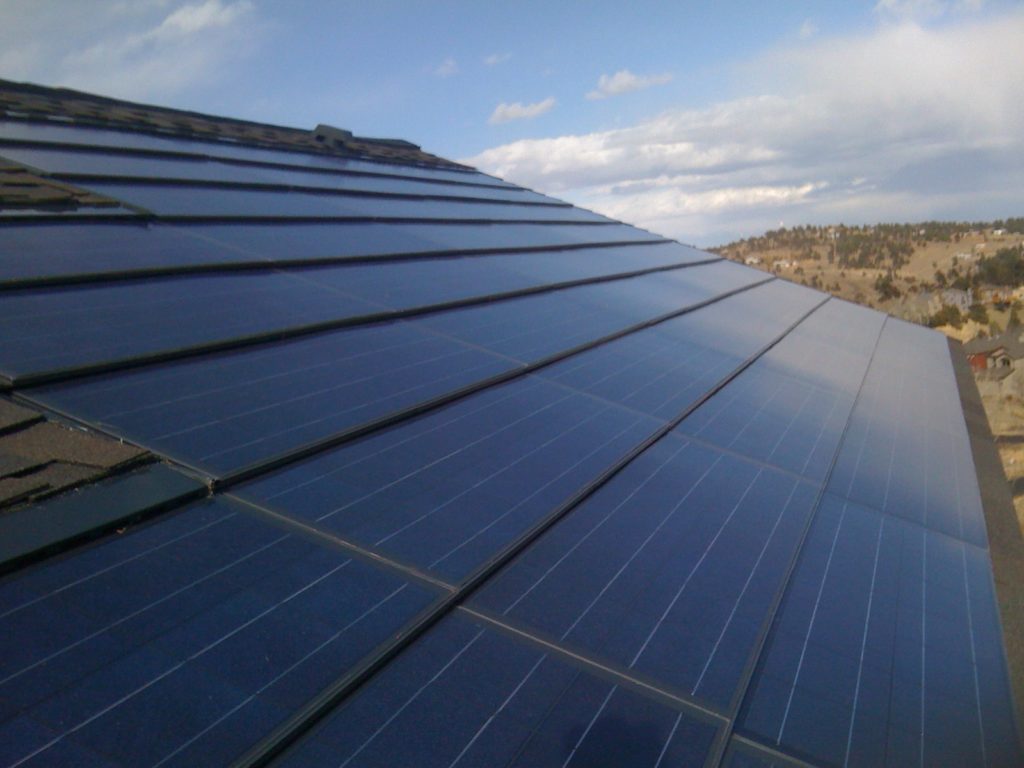



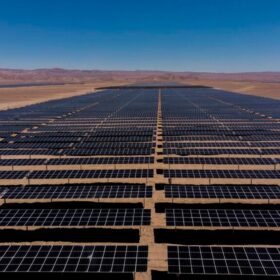

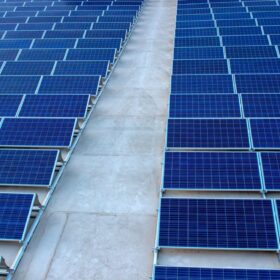
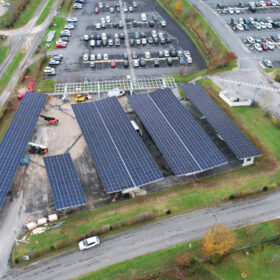
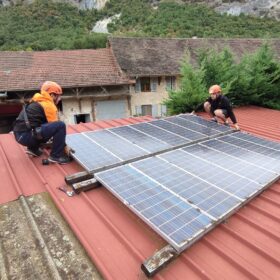
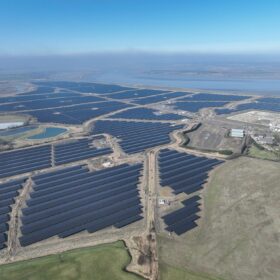

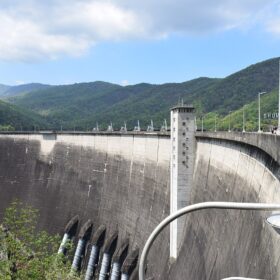


By submitting this form you agree to pv magazine using your data for the purposes of publishing your comment.
Your personal data will only be disclosed or otherwise transmitted to third parties for the purposes of spam filtering or if this is necessary for technical maintenance of the website. Any other transfer to third parties will not take place unless this is justified on the basis of applicable data protection regulations or if pv magazine is legally obliged to do so.
You may revoke this consent at any time with effect for the future, in which case your personal data will be deleted immediately. Otherwise, your data will be deleted if pv magazine has processed your request or the purpose of data storage is fulfilled.
Further information on data privacy can be found in our Data Protection Policy.